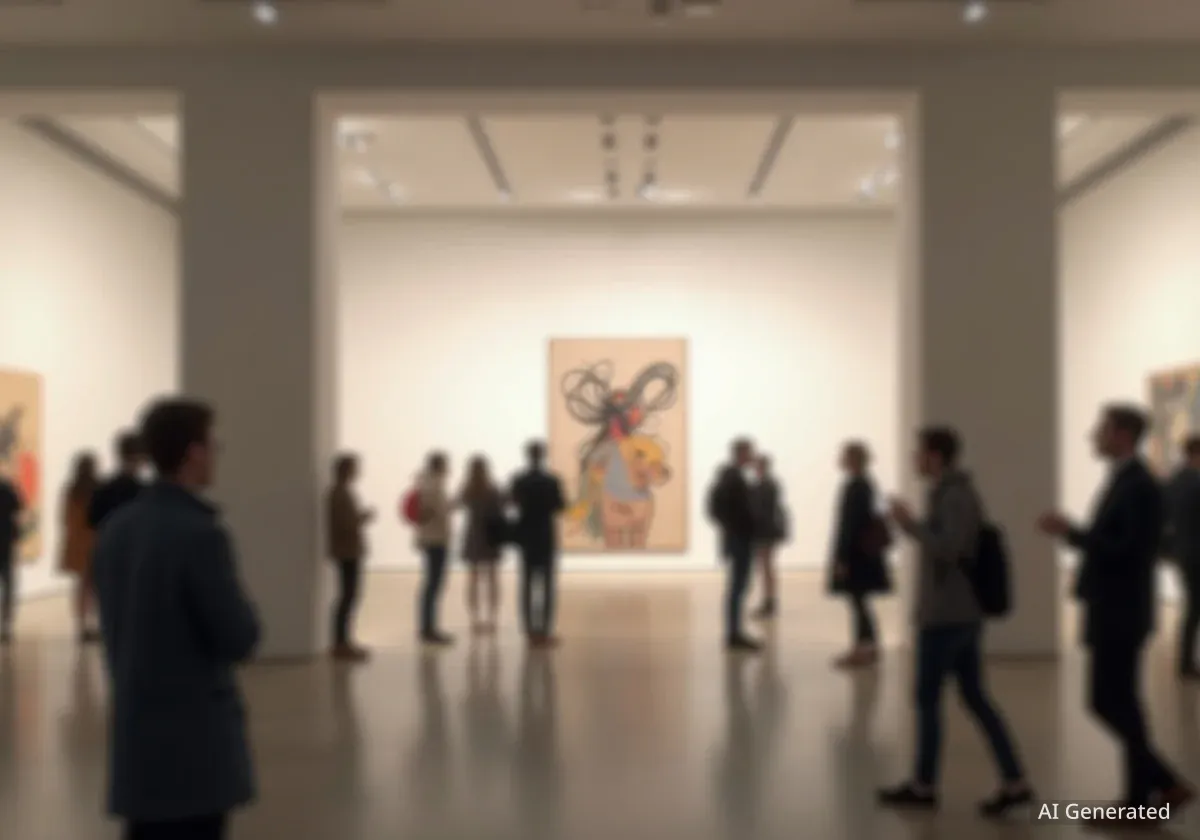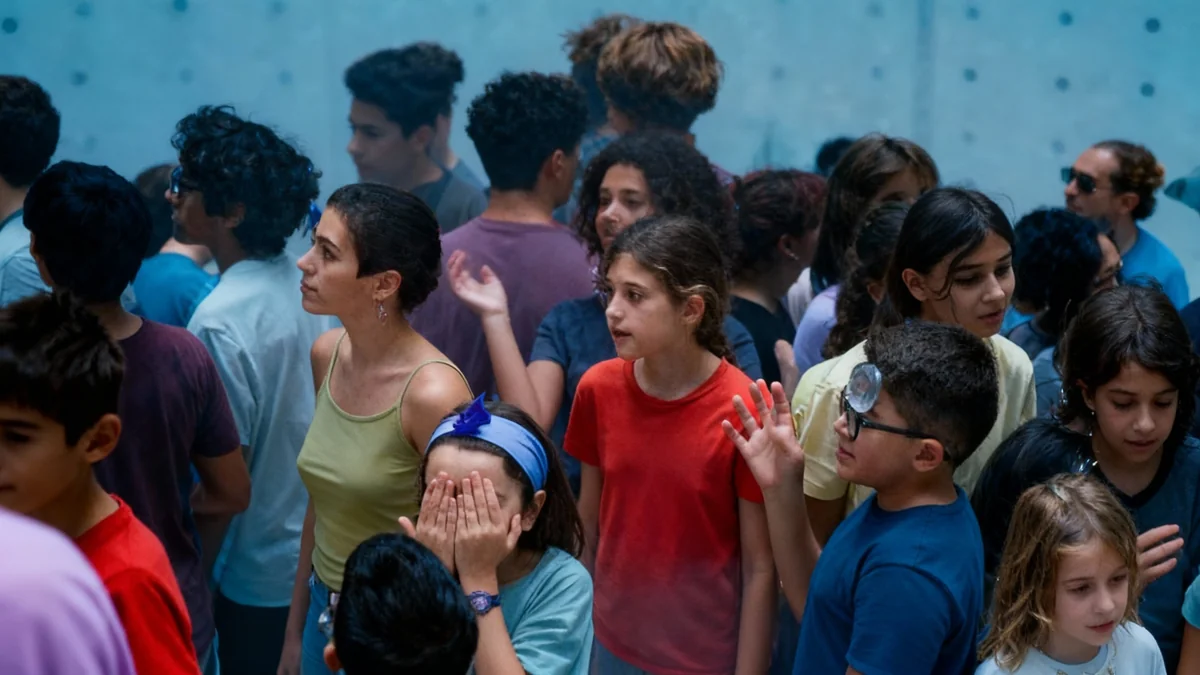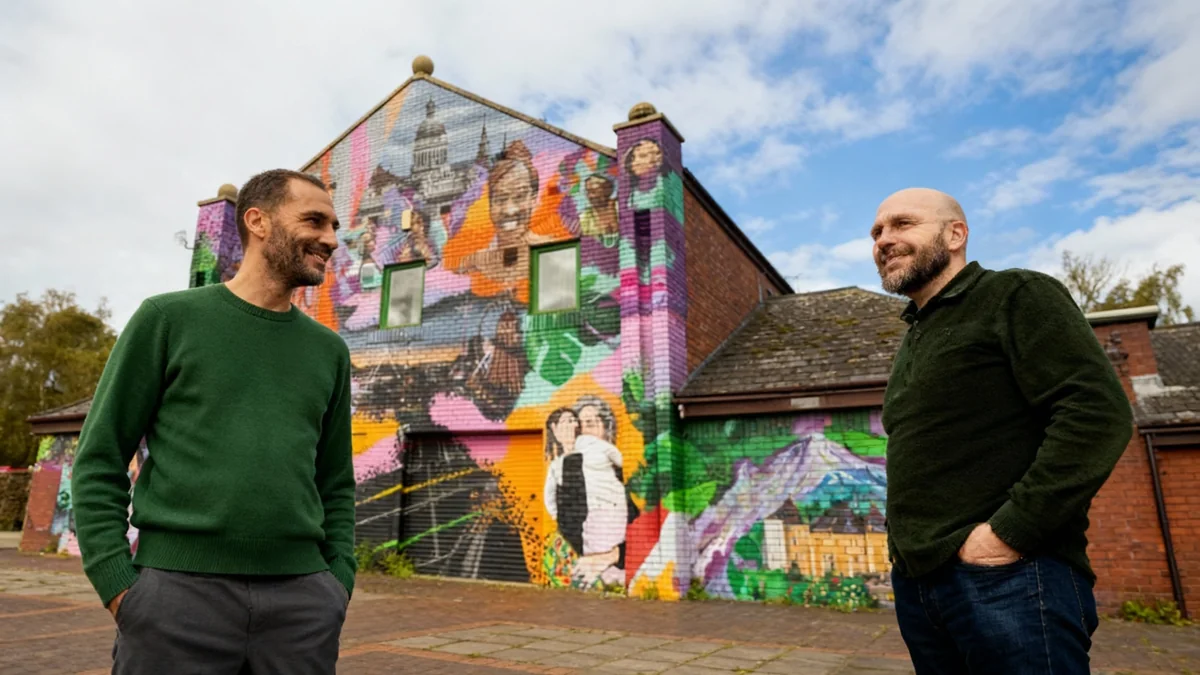The contemporary art world is taking notice of ektor garcia, a 39-year-old artist whose work transforms industrial materials like copper wire and rubber into intricate sculptures rooted in Mexican craft traditions. With a major solo exhibition now open at the San José Museum of Art, garcia's unique approach is gaining significant attention.
Born to migrant farm workers, garcia's nomadic life and upbringing between California and northern Mexico deeply influence his art. He creates his pieces not in a traditional studio, but in public spaces like parks and on boats, using techniques passed down from his grandmother.
Key Takeaways
- Multidisciplinary artist ektor garcia has opened a major solo exhibition at the San José Museum of Art.
- His work combines traditional crochet techniques with unconventional materials like copper wire, leather, and found objects.
- garcia's practice is nomadic, reflecting his upbringing between the U.S. and Mexico.
- A concurrent show at Rebecca Camacho Presents in San Francisco features sculptures made from abalone shells and crocheted copper.
A Studio Without Walls
For ektor garcia, the concept of a studio is fluid and unbound by physical walls. He describes his workspace as "amorphous and free," a philosophy that allows him to create wherever he is. This approach has led him to produce sculptures on beaches, in public parks, and even on boats.
This mobility is not just a practical choice but a core part of his artistic identity. Growing up between Red Bluff, California, and northern Mexico, garcia's life was defined by movement. This experience of constant transit is woven into the fabric of his work, which often explores themes of identity, labor, and belonging.
His formal education includes studies at the School of the Art Institute of Chicago and a Master of Fine Arts from Columbia University. This academic training, combined with his lived experience, has shaped a distinct artistic voice that challenges conventional boundaries.
From Yarn to Copper Wire
At the heart of garcia's practice is crochet, a craft he learned through his family. He often incorporates patterns and even pieces made by his grandmother in Zacatecas, Mexico, directly into his sculptures. This connection provides a powerful link to his heritage and personal history.
However, garcia pushes the boundaries of the medium by swapping traditional yarn for industrial materials. He is known for using copper wire, which he skillfully manipulates with a crochet hook to create large, intricate forms. These pieces can resemble delicate doilies or the tough, protective mesh of chain mail.
The Influence of bell hooks
ektor garcia chooses to write his name in all lowercase letters. This stylistic choice is a tribute to the Black feminist scholar and activist bell hooks, who adopted the same practice to shift focus from her identity to her ideas and work. For garcia, it reflects a similar desire to emphasize the art itself and the concepts it embodies.
Beyond copper, his material palette is diverse and often sourced from his immediate surroundings. He utilizes leather, horsehair, clay, and rubber found at construction sites or supply stores, giving new life to discarded or overlooked items.
Current Exhibitions Showcase New Works
Two exhibitions in California are currently offering the public a comprehensive look at garcia's recent creations. The San José Museum of Art is hosting a major solo exhibition, a significant milestone in the artist's career.
Simultaneously, the Rebecca Camacho Presents gallery in San Francisco features several of his suspended sculptures. One of the standout pieces is titled "conchotas (2.0)," created between 2023 and 2025. This work consists of a series of abalone shells linked together.
A Closer Look at "conchotas (2.0)"
In this sculpture, some abalone shells are sealed shut with crocheted copper wire, looped through the natural holes along their edges. From other shells, strands of wire extend outward, creating a striking visual contrast between the organic and the industrial.
The artist explains that these protruding wires are meant to be evocative. According to garcia, they are "reminiscent of the creature that once lived there," transforming the empty shells into a poignant reflection on life, memory, and absence.
"I imagine my studio to be amorphous and free," says garcia, highlighting the fluid and mobile nature of his artistic process.
Through these exhibitions, viewers can experience firsthand how garcia's nomadic life, cultural heritage, and innovative use of materials come together. His work challenges viewers to see the potential for beauty and meaning in the unconventional, bridging the gap between traditional craft and contemporary sculpture.




